Q&A: How Capital Market Curveballs Are Shaping NYC
HKS Real Estate Advisors' Peter Carillo on how investors are adjusting their strategies to maximize results.
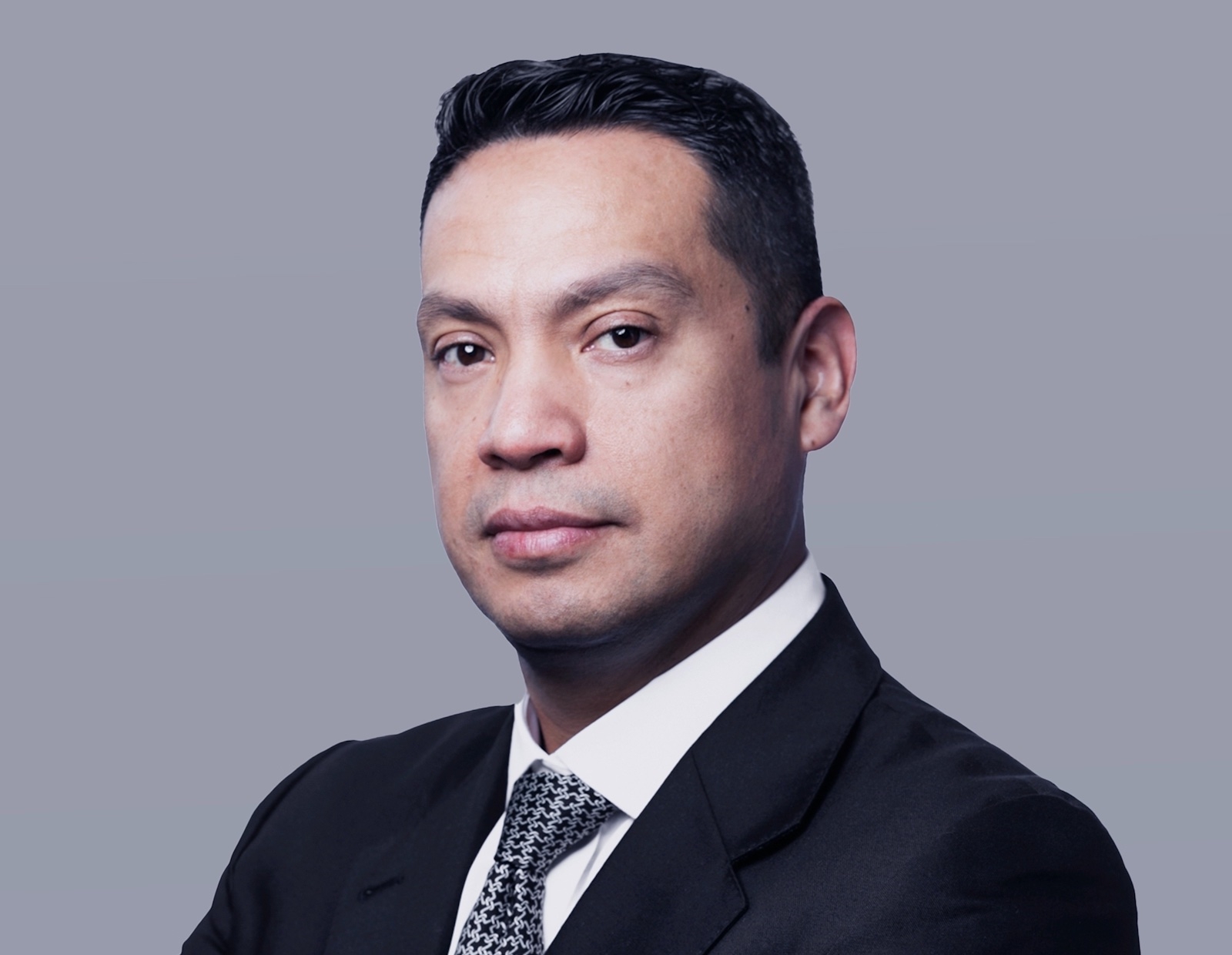
As a global financial hub, New York City is a barometer for the health of the commercial real estate finance market and domestic and foreign investor appetites as well.
To explore how New York City’s CRE landscape has shifted due to recent capital market conditions, Commercial Property Executive turned to Peter Carillo, principal at HKS Real Estate Advisors. The firm focuses on investment sales and capital markets advisory.
In this interview, Carillo discusses how current finance and investment complexities are playing out in the Big Apple and how investors are adjusting their strategies.
READ ALSO: Deal-Thirsty Investors Are Still Waiting for CRE Distress
How have recent dynamics and economic events shaped investment trends in the New York City market?
Carillo: The New York City commercial real estate capital markets are navigating significant volatility and transformation due to current economic factors and market dynamics.
One of the most pivotal influences has been the Federal Reserve’s monetary policy. The consistent high interest rates have led to higher borrowing costs, impacting the liquidity available in the market. This tightening monetary policy aims to curb inflation but has simultaneously increased the cost of capital, thereby making financing more expensive for real estate transactions.
In addition, investment sales in New York City have witnessed a slowdown over the past year, largely influenced by uncertainty surrounding federal rate cuts. This hesitancy among investors reflects broader concerns about the economic outlook and the strategic recalibration of investment portfolios.
With lenders adopting a more conservative stance, securing debt has become increasingly challenging. The underwriting standards have tightened, and lenders are more diligent in assessing risk. This cautious approach has led to a reduction in loan-to-value ratios and an increase in interest rate spreads, further squeezing the margins for investors and developers.
Despite these challenges, there are abundant opportunities, particularly in the realm of distressed assets. Investors with ready access to capital are well positioned to acquire undervalued properties, particularly those facing financial difficulties due to the current economic climate. This trend underscores a strategic shift toward value-add investments where investors can enhance property value through active management and repositioning.
Are you observing a notable shift between debt and equity financing?
Carillo: Yes, as interest rates rise and economic uncertainties increase, investors are shifting from debt to equity financing to mitigate borrowing costs and enhance financial flexibility. This shift is influencing deal structures by leading to higher equity stakes, more joint ventures and partnerships and a focus on longer-term investments. These changes aim to reduce financial risk and emphasize sustainable returns in a volatile market.
For instance, there is a notable preference for joint ventures where investors can share both risk and reward and for projects with longer timelines to avoid high refinancing costs. Historically, such shifts have been observed during similar economic climates to maintain stability and flexibility.
With interest rates on hold for the past 12 months, how has the cost and availability of debt changed?
Carillo: With high interest rates holding steady for over a year, the cost of borrowing has risen significantly, making loans more expensive for property investors and developers. Moreover, lenders have become more stringent with their credit standards, resulting in fewer real estate projects qualifying for loans.
Those that do qualify often receive smaller loan amounts or less favorable terms. As a result, commercial real estate investors are finding it more challenging to secure the necessary funding for their ventures, prompting a more cautious and strategic approach to investments.
READ ALSO: CRE Experts See Opportunities Ahead
In light of those shifts, how are investors adjusting their risk-return profiles?
Carillo: Investors are adjusting their risk-return profiles by shifting capital allocation towards more stable and predictable asset classes, targeting properties with strong fundamentals and long-term leases.
For instance, in New York City, the industrial sector continues to attract significant investment due to the rising demand for logistics and warehousing space. Additionally, the multifamily sector and specifically the unregulated market units remain resilient and is experiencing sustained interest as rental demand continues to be strong.
Retail properties, particularly those that can adapt to experiential and mixed-use formats, are also drawing interest. These shifts reflect investors’ efforts to balance risk and return.
What trends are emerging regarding loan-to-value ratios or debt service coverage ratios?
Carillo: Investors are seeing a tightening of loan-to-value ratios as lenders become more cautious amid economic uncertainties and rising interest rates. Higher equity requirements are being implemented, reflecting a more conservative approach to financing. This adjustment aims to mitigate risk and ensure that borrowers have a substantial stake in their investments.
There is also an increased focus on debt service coverage ratios, with lenders demanding higher debt-service coverage ratios to ensure that borrowers have sufficient income to cover debt obligations. This trend underscores a cautious stance toward underwriting, as higher DSCRs provide a buffer against potential cash flow fluctuations and economic volatility.
How are institutional investors altering their approach to commercial real estate investments?
Institutional investors are adapting by emphasizing more robust financial metrics and risk management strategies. They are increasingly seeking stable, income-producing assets with strong fundamentals, often favoring properties that offer consistent returns and lower volatility. Additionally, there is growing interest in alternative financing structures and joint ventures to balance risk and leverage opportunities in the commercial real estate sector.
How are investors managing inflation risk, and what role does global capital flow play in shaping the New York City market?
Carillo: In the face of rising inflation, investors are actively managing risk through various strategies, including diversifying their portfolios across different asset classes and geographic regions, focusing on value-add investments to enhance property income potential and securing long-term debt with fixed interest rates to lock in borrowing costs.
Additionally, global capital flow plays a significant role in shaping the New York City market, with international investors often viewing New York City as a safe haven during economic uncertainty. This influx of foreign capital not only helps stabilize the market but also drives up property values, creating a competitive environment that influences local investment strategies and trends.
Looking ahead, what is your outlook for the New York City capital markets over the next 12 to 24 months?
Carillo: In the next 12 to 24 months, the commercial real estate capital markets are poised for a period of opportunity. While investment volumes might experience some fluctuations and market uncertainties, there is a promising outlook as the economic environment stabilizes. The slight increase in deal flow is a positive sign, and the anticipated interest rate cuts in the latter half of 2024 could improve market conditions and boost investment activity.
While deal volumes and yields may face some pressure in the next 12 to 24 months, investors are likely to remain optimistic as they anticipate clearer signals on rate adjustments and economic stability. Additionally, we expect 2025 to be a very active year for the market.
Any final thoughts?
Carillo: The New York City commercial real estate market is navigating volatility and transformation. Investors are shifting toward equity financing and distressed properties despite challenges from the political climate and anti-landlord policies. However, the city’s history of resilience suggests it will endure, with anticipated interest rate cuts and an active 2025 likely to boost market conditions.

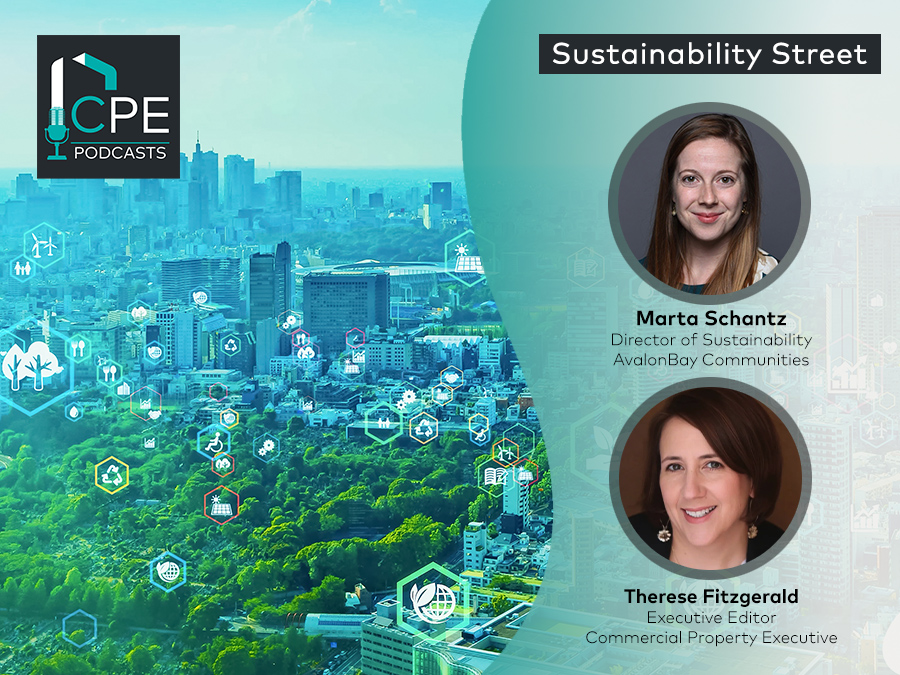
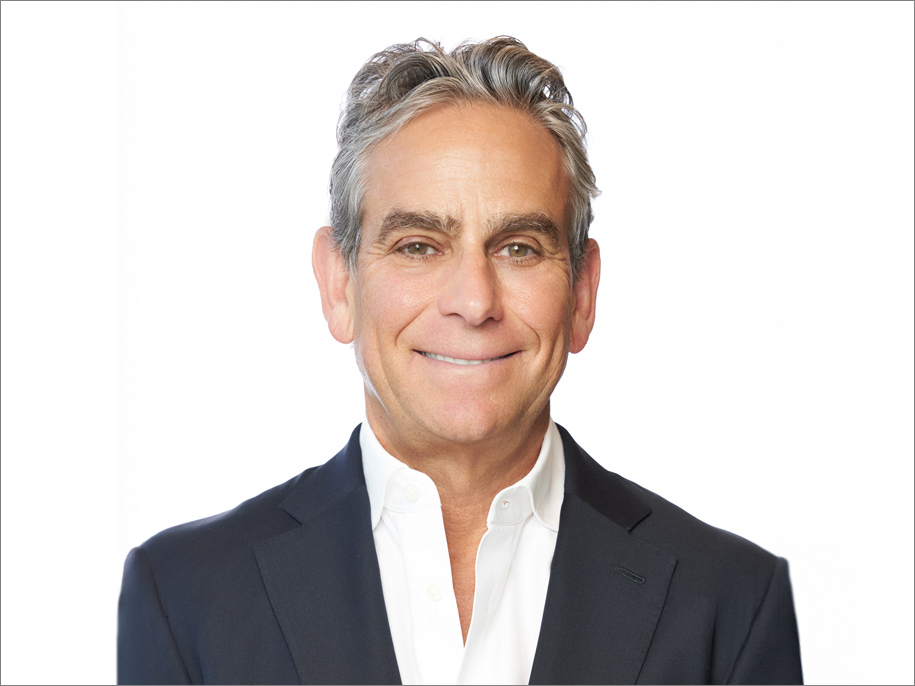
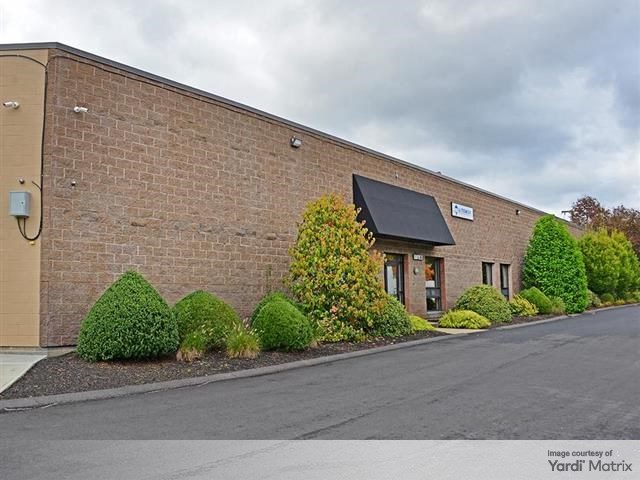

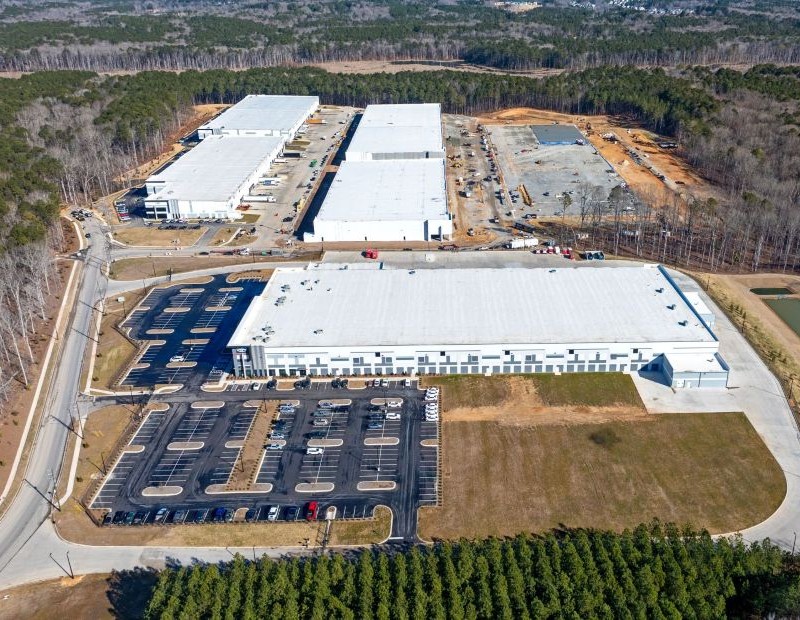
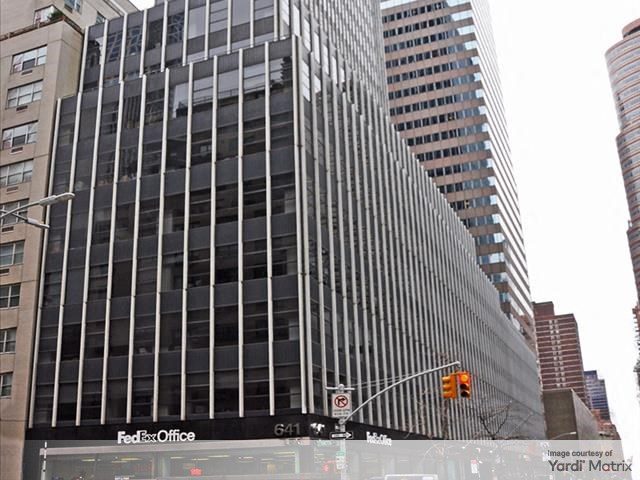
You must be logged in to post a comment.